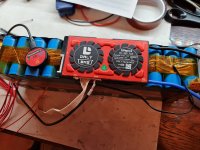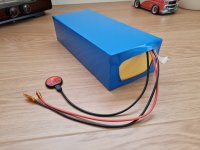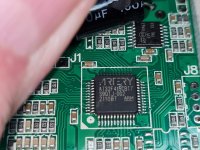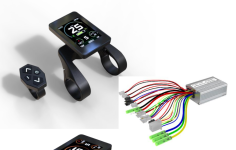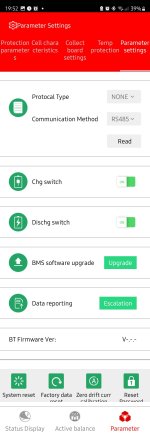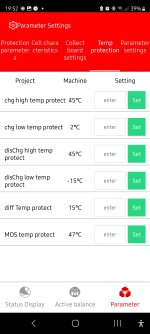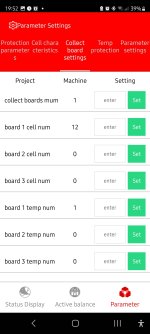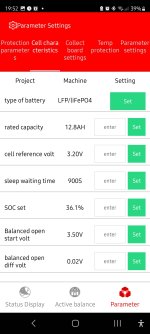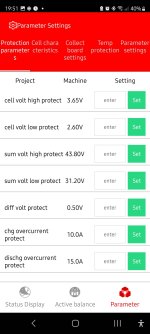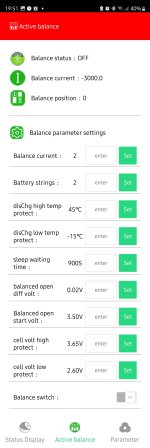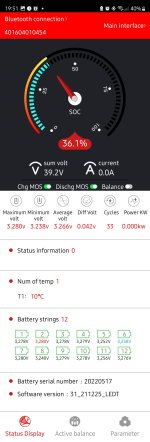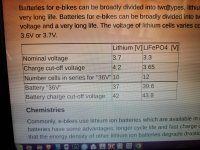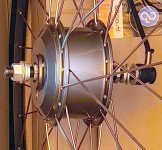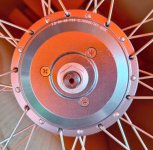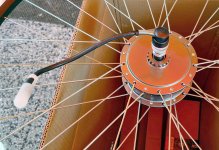squarewheels
1 mW
- Joined
- May 15, 2022
- Messages
- 15
I would be SO GRATEFUL if someone can point me into the right direction, finding a nasty intermittent problem with my Ebike system.
Controller: minshine.cn type OEM controller, FOC type
Display: T24-V2 minshine
battery: home-made LiFePo4 , 41V
BMS: Daly Lifepo4 12S 36V 30A
Motor: OEM, high quality 250W motor.
My first system with cheaper controller/motor worked great for 9 years(!)
But after a upgrade with new components, the problems started: intermittent complete faillure of the system. (would not turn on anymore: no display)
I already bought another controller from a local E-bike shop who branded the minshine controller with their own brand name.
Now the system WILL turn on but the display indicates there is no battery power.
- measuring the battery voltage, when no power is indicated, turns out OK, so no problem there.
- when I change the controller (I have 2 as I said) will often solve the problem until suddenly the system will go dead again (after 10 minutes or so)
- motor is OK, I have the same problem with our without motor connected
DONE SO FAR:
- replaced display wiring
- checked all wiring with DMM
- checked wiring controller at least 1001 times
- exchanged controller
- checked for solder bridges inside the controller
My plan is to buy again, for the 3rd time, a new system but I would be much happier if I could find the problem!!
My wife needs the Ebike so any help would be great!
Controller: minshine.cn type OEM controller, FOC type
Display: T24-V2 minshine
battery: home-made LiFePo4 , 41V
BMS: Daly Lifepo4 12S 36V 30A
Motor: OEM, high quality 250W motor.
My first system with cheaper controller/motor worked great for 9 years(!)
But after a upgrade with new components, the problems started: intermittent complete faillure of the system. (would not turn on anymore: no display)
I already bought another controller from a local E-bike shop who branded the minshine controller with their own brand name.
Now the system WILL turn on but the display indicates there is no battery power.
- measuring the battery voltage, when no power is indicated, turns out OK, so no problem there.
- when I change the controller (I have 2 as I said) will often solve the problem until suddenly the system will go dead again (after 10 minutes or so)
- motor is OK, I have the same problem with our without motor connected
DONE SO FAR:
- replaced display wiring
- checked all wiring with DMM
- checked wiring controller at least 1001 times
- exchanged controller
- checked for solder bridges inside the controller
My plan is to buy again, for the 3rd time, a new system but I would be much happier if I could find the problem!!
My wife needs the Ebike so any help would be great!


